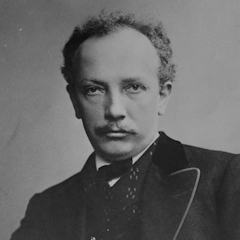
Richard Strauss began his musical education with his father who was an excellent first horn at the Munich opera house. Accustomed to the orchestra from a very early age, Strauss rapidly became a great conductor who was admired and sought after throughout Germany. Heinrich Von Bülow chose him as his successor in 1885 to conduct the Meiningen Orchesta and then the Berlin Opera. The posts he held in Munich and Vienna or at the Weimar court along with his first symphonic poems were the premises of his first great work, Salome (1905), a controversial work of luxuriant orchestration and sensual, volcanic writing which was banned in Britain until 1910.
Leer más
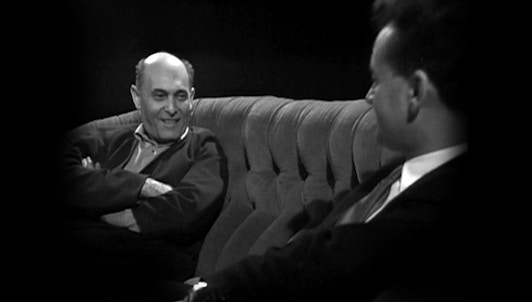
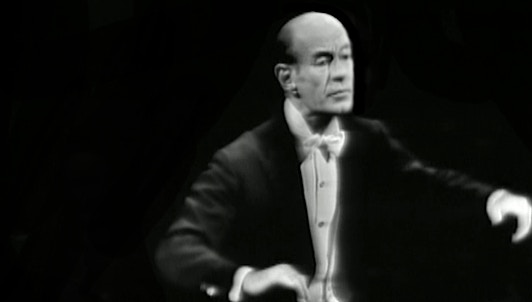
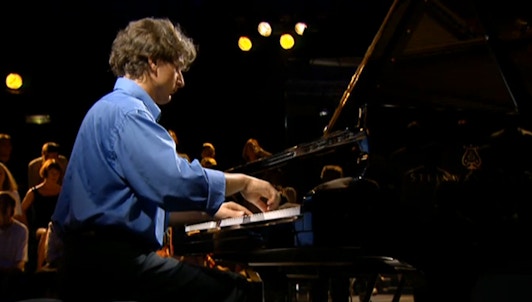
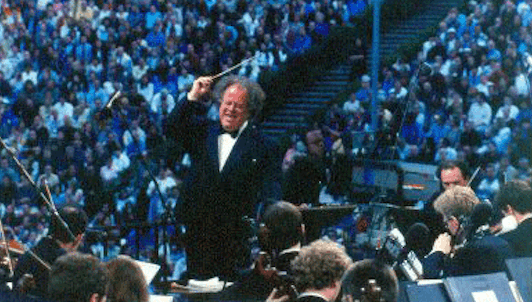
Waldbühne 1999: Una noche de ópera romántica

Con Charles Spencer (piano)
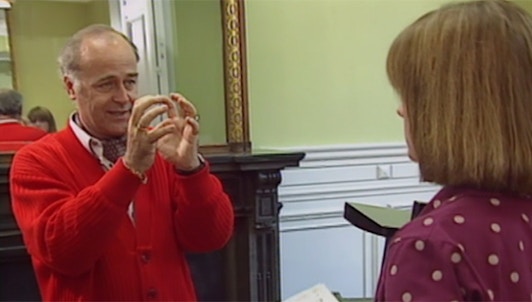
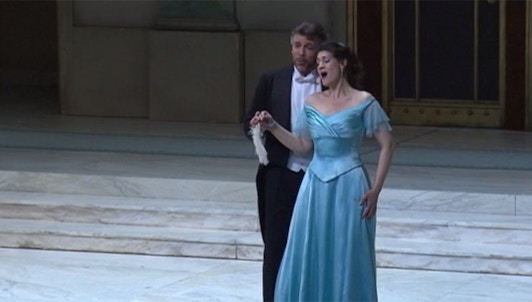
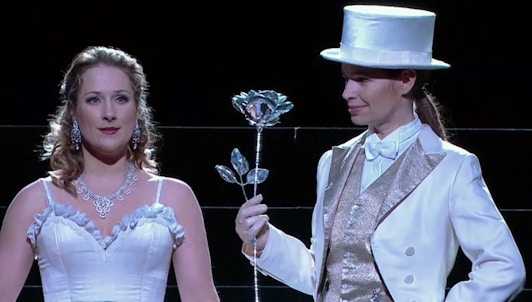
Las más bellas óperas de todos los tiempos (I/X)
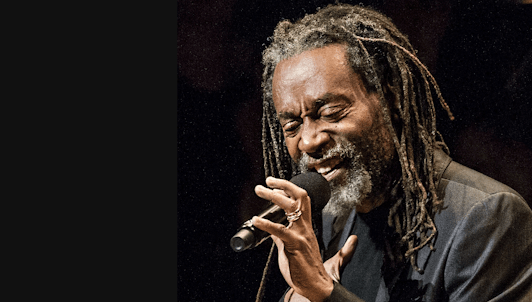
Adrienne Arsht Center for the Performing Arts 2013